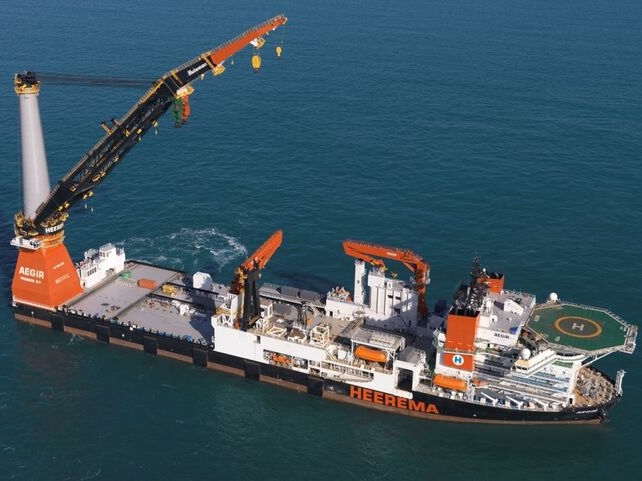
Full access control for two ships during maintenance periods
Full insight into who is where at what time on a site with a daily occupancy of between 500 and 600 people.
The Heerema Group is a major player in the maritime oil and gas industry. Heerema Marine Contractors' core competence is the transportation, installation and removal of offshore facilities. This includes permanent and temporary structures, subsea pipelines, infrastructures in shallow, deep and very deep waters. Needless to say, the maintenance of Heerema Group's vessels also involves a lot of complex work.
The Balder, one of Heerema's crane vessels, is in Rotterdam for maintenance. However, there is another ship in the port during this maintenance, the 'Hotel Ship', where maintenance workers of different nationalities stay on board. This results in different zones that require access control.
For De Balder, the entire access control process was set up during the 3-month-long maintenance. After careful estimation, the required number of people and associated resources, such as the type of turnstiles, fencing and any barriers, were determined. In cooperation with the parties Heerema and Seris Security, the software behind the access control was further developed into a customised solution. This provides Heerema with a strong basis in which compliance with laws and regulations is guaranteed. Further development of the software ensured maximum conformity with internal regulations.
For Hotel Ship, contractors can register their workers via GoWorkforce before reporting at the port gate. All data, including passport details, any work permits and certificates, must be entered beforehand. When crews report to the gatekeeper, after a final ID Scan, an access pass is issued on which all rights are pre-programmed.
For both ships, there is full insight into who is where at what time. In case of emergencies, a real-time report makes visible which persons are still in which areas. On a site with a daily occupancy of between 500 and 600 people, this is indispensable.
